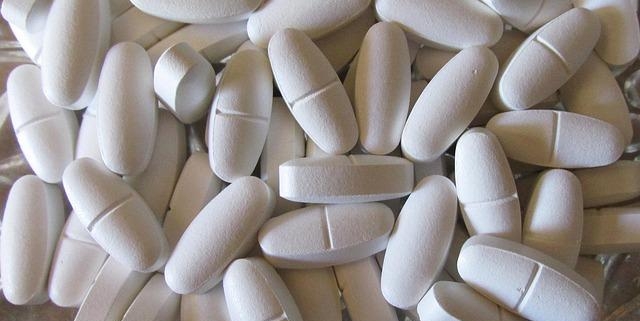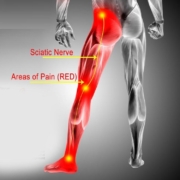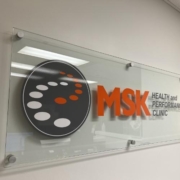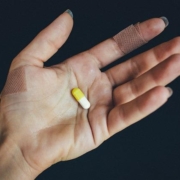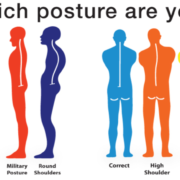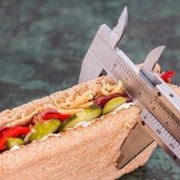Osteoporosis: The Silent Thief of Bone Health
Osteoporosis, often called the “silent thief,” weakens your bones, making them fragile and more likely to break. As it frequently enough has no noticeable symptoms until a fracture occurs, understanding how to prevent it is indeed crucial for maintaining strong, healthy bones and overall musculoskeletal health. A broken bone, especially in the hip or spine, can considerably impact your mobility and independence. This article will provide you with the knowledge and tools to protect your bone health and reduce your risk of osteoporosis.
Understanding Osteoporosis: Why Prevention Matters
Our bones are constantly being broken down and rebuilt. Osteoporosis develops when the creation of new bone doesn’t keep up with the removal of old bone. This imbalance leads to decreased bone density, making bones porous and weak. While anyone can develop osteoporosis, it’s more common in women, especially after menopause.
Preventing Osteoporosis: Building a Foundation for Strong Bones
Preventing osteoporosis is a lifelong journey that involves focusing on key lifestyle choices. By adopting these habits,you can significantly reduce your risk and maintain strong bones for years to come.
1. Calcium: The Building Block of Bones
Why it matters: Calcium is essential for building and maintaining strong bones.
How to get enough: Aim for 1000-1200 mg of calcium daily through a combination of diet and supplements. Good sources include dairy products (milk, yogurt, cheese), leafy green vegetables (kale, collard greens), fortified foods (cereals, orange juice), and calcium supplements.
Tip: if you choose supplements, take them in smaller doses throughout the day for better absorption.
2. Vitamin D: The Sunshine Vitamin
Why it matters: Vitamin D helps your body absorb calcium.
How to get enough: Your body produces vitamin D when exposed to sunlight.Aim for 15-20 minutes of sun exposure daily (with proper sun protection). You can also get vitamin D from fatty fish (salmon, tuna), egg yolks, fortified foods, and supplements. A daily intake of 800-1000 IU is recommended.
Tip: Talk to your doctor about checking your vitamin D levels to ensure you’re getting enough.
3. Exercise: Strengthening Your Skeleton
Why it matters: Weight-bearing and resistance exercises stimulate bone growth and improve bone density.
How to get enough: Aim for at least 30 minutes of weight-bearing exercise most days of the week. Examples include walking, jogging, dancing, hiking, and climbing stairs. Include resistance exercises like lifting weights or using resistance bands two to three times a week.
Tip: Find activities you enjoy to make exercise a lasting part of your routine.
4. Healthy Diet: Nourishing Your Bones
Why it matters: A balanced diet rich in fruits, vegetables, and lean protein provides essential nutrients for bone health.
How to achieve it: Limit processed foods, sugary drinks, and excessive caffeine and alcohol, which can interfere with calcium absorption.
Tip: Focus on whole, unprocessed foods and make healthy swaps, like choosing water over soda.
5. Avoiding Smoking and Limiting Alcohol:
Why it matters: smoking and excessive alcohol consumption can weaken bones and increase the risk of fractures.
How to make a change: Quitting smoking is one of the best things you can do for your overall health, including your bones. If you drink alcohol, do so in moderation.
Tip: Seek support from your doctor or a support group if you need help quitting smoking.
6. Fall Prevention:
Why it matters: Falls are a major cause of fractures, especially in people with osteoporosis.
How to prevent falls: Make your home safer by removing tripping hazards, installing grab bars in the bathroom, and ensuring adequate lighting. Wear supportive shoes and consider using assistive devices if needed.
Tip: Regular exercise, including balance and strength training, can improve stability and reduce your risk of falls.
Taking Charge of Your Bone Health: A Summary
Preventing osteoporosis is a proactive approach to maintaining strong, healthy bones and protecting your mobility and independence. By focusing on calcium and vitamin D intake,regular exercise,a healthy diet,avoiding smoking,limiting alcohol,and preventing falls,you can significantly reduce your risk.
Additional Resources:
National Osteoporosis Foundation: https://www.nof.org/
Your Doctor: Talk to your doctor about your individual risk factors and develop a personalized prevention plan.
remember, taking care of your bones is an investment in your future health and well-being. Start today and build a strong foundation for a lifetime of healthy bones.

